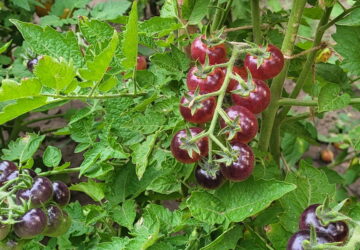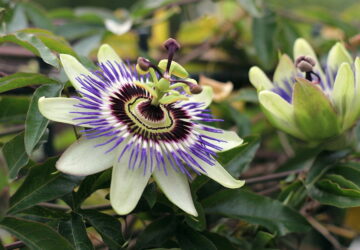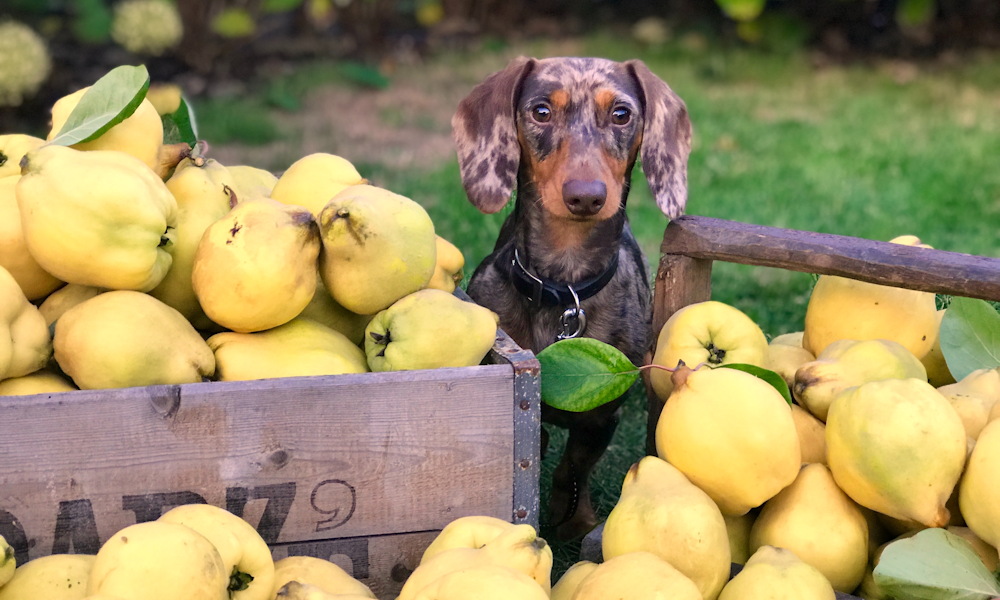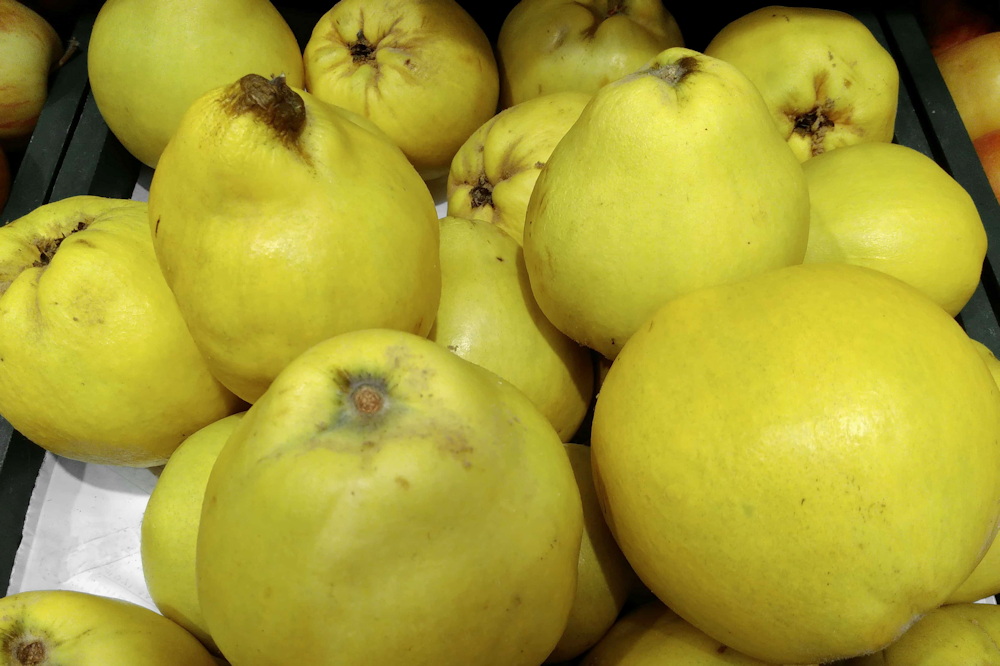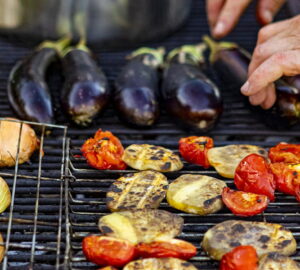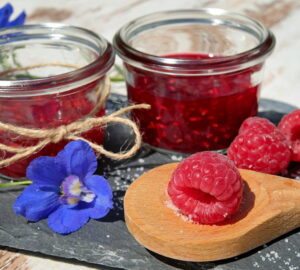Gardeners worldwide cherish the quince tree (Cydonia oblonga) for its unique charm and delightful fruits. With its intriguing characteristics and versatile uses, quince is a beloved addition to any garden.
Exploring the Quince Tree: A Garden Gem
Quince trees, known for their small to medium-sized stature, offer an intriguing visual with their gnarled branches and oval-shaped, dark green leaves characterized by smooth margins. In spring, they produce delicate pink or white blossoms, adding a touch of elegance to the garden landscape. These deciduous trees are celebrated for their resilience and adaptability, thriving in various soil types and climates.
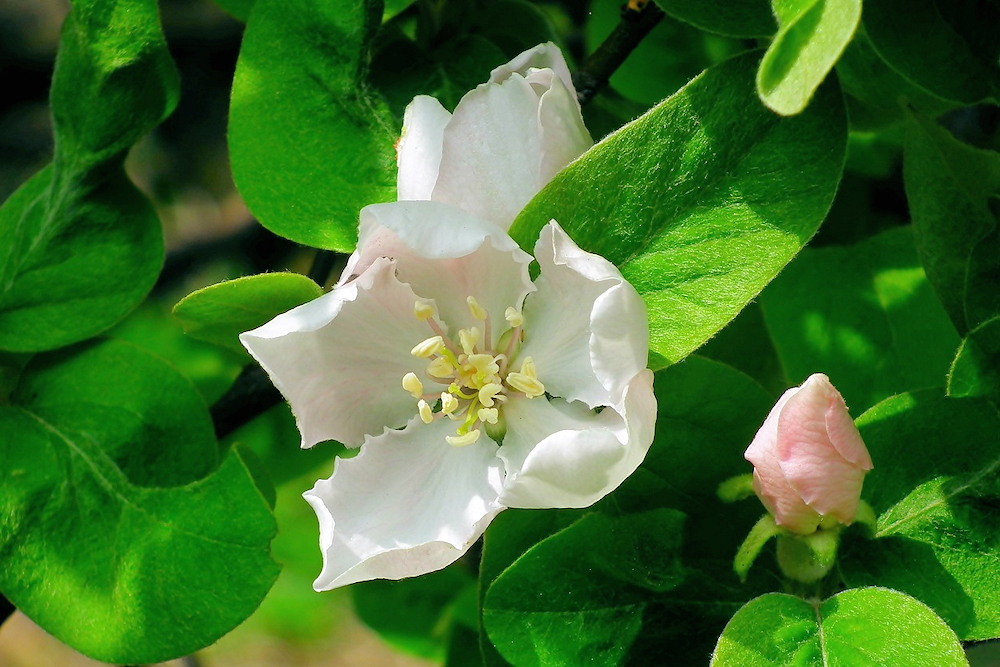
The Alluring Quince Fruit: A Feast for the Senses
Quince fruits are a sight to behold, transforming from a velvety, greenish-yellow when unripe to a golden-yellow hue when fully matured. Their distinct aroma is simultaneously floral and fruity, while their taste is a delightful blend of sweet and tart, often likened to a mix of apples and pears. When sliced open, quinces reveal a grainy, white flesh that turns rosy-pink upon cooking.
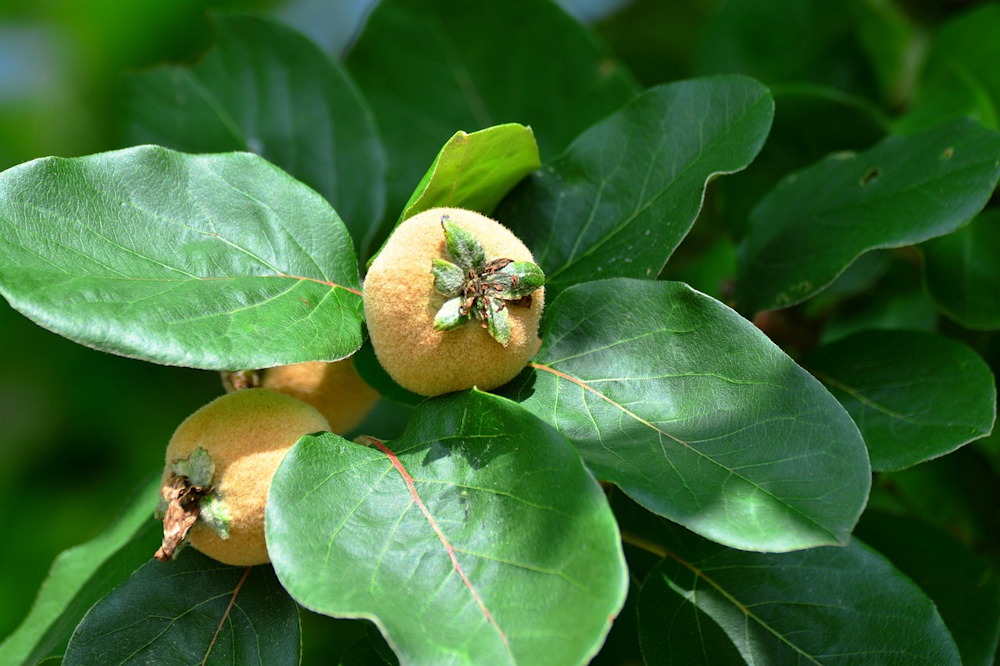
While quinces can technically be eaten raw, they are seldom consumed that way due to their intensely astringent and tart flavor when uncooked. Instead, these golden gems are typically transformed through cooking processes into a fragrant, sweet, and versatile ingredient in various culinary delights.
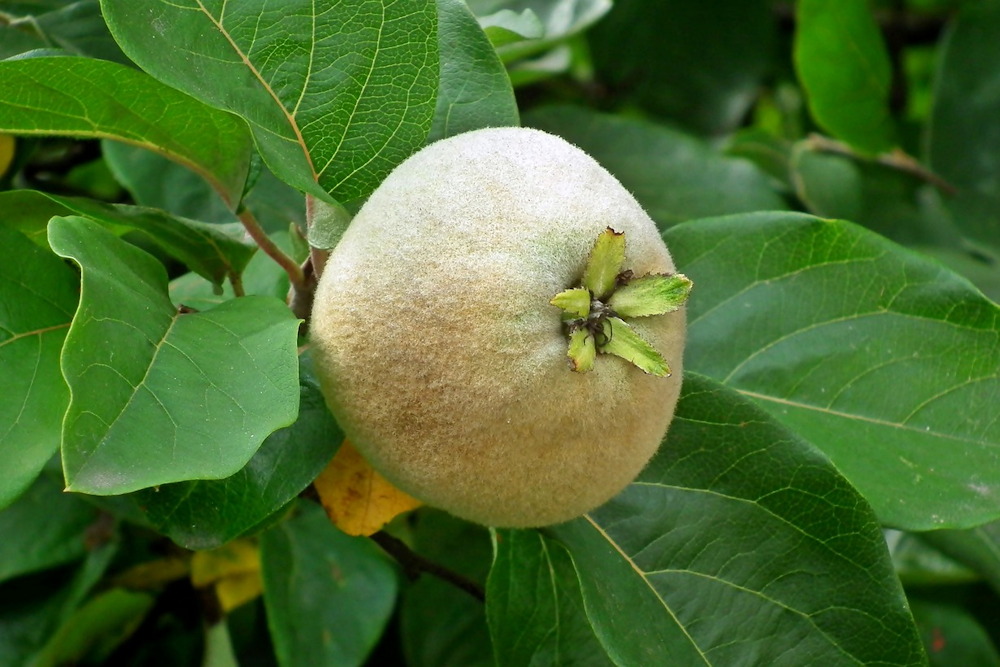
Unlocking Quince’s Hidden Treasures: Active Ingredients
Beneath the quince’s unassuming appearance lies a treasure trove of active ingredients. These fruits are rich in dietary fiber, antioxidants, vitamins and minerals, offering numerous health benefits. Quinces are known to support digestion, boost the immune system and promote overall well-being.
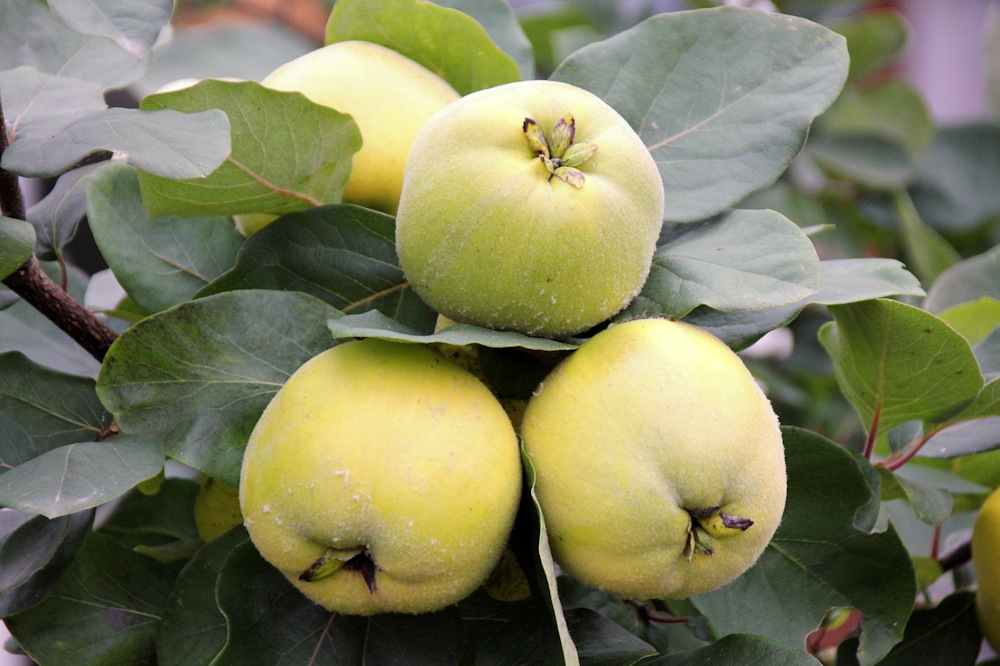
Harvesting, Processing and Preserving Quinces: A Labor of Love
To enjoy the full splendor of quinces, they should be harvested when still slightly firm and have attained their characteristic color. After harvesting, they require a bit of culinary magic to unlock their full potential. Quinces can be transformed into jams, jellies, compotes, or used as a flavoring agent in various dishes. When preserved, their unique flavor can be savored year-round.
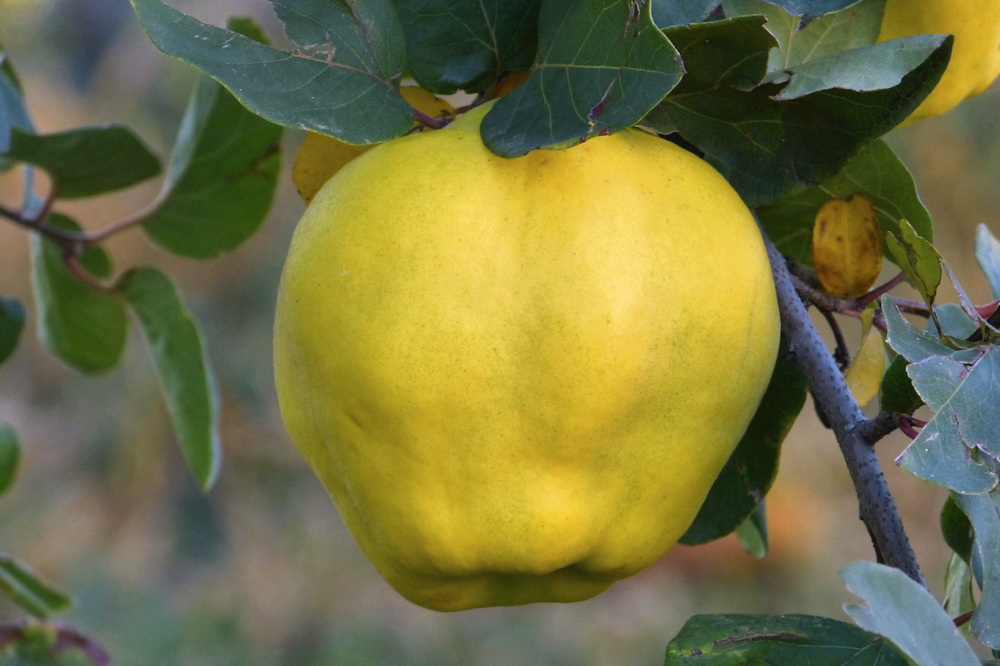
Whip Up a Quince Delight: Quince and Almond Tart
One of the most delectable ways to savor the unique flavors of quince is by preparing a quince and almond tart. This delightful dessert combines thinly sliced quince with a rich almond filling, all encased in a flaky pastry crust. The quince’s subtle sweetness and aromatic charm complement the nutty richness of the almond filling, creating a harmonious blend of textures and flavors. Once baked to golden perfection, this tart is a true masterpiece, perfect for serving as a sweet finale to any meal or as a centerpiece for special occasions.
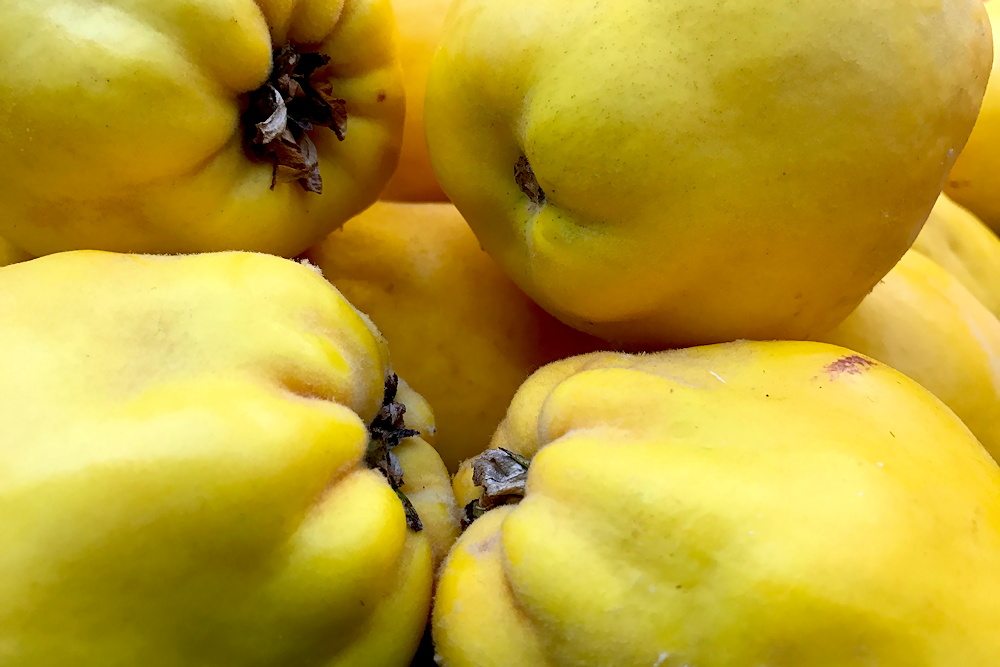
Ingredients
- 1 prepared pie crust or tart shell
- 2-3 quinces, peeled, cored and thinly sliced
- 1 cup almond meal
- 1/2 cup granulated sugar
- 2 eggs
- 1/2 teaspoon almond extract
- 1/2 teaspoon vanilla extract
- Powdered sugar for dusting (optional)
Instructions
- Preheat your oven to 350°F (175°C).
- Roll out the pie crust or tart shell and place it in a tart pan.
- In a mixing bowl, combine the almond meal and granulated sugar.
- In a separate bowl, whisk together the eggs, almond extract and vanilla extract.
- Spread the almond mixture evenly over the prepared crust.
- Arrange the thinly sliced quince on top of the almond mixture in an attractive pattern.
- Bake in the preheated oven for about 30-35 minutes or until the tart is golden and the quinces are tender.
- Remove the tart from the oven and let it cool slightly.
- If desired, dust the tart with powdered sugar before serving.
- Slice and serve the quince and almond tart, savoring the delightful blend of quince and almond flavors.
This tart is a perfect showcase for the unique taste of quinces and makes for a memorable dessert. Enjoy!
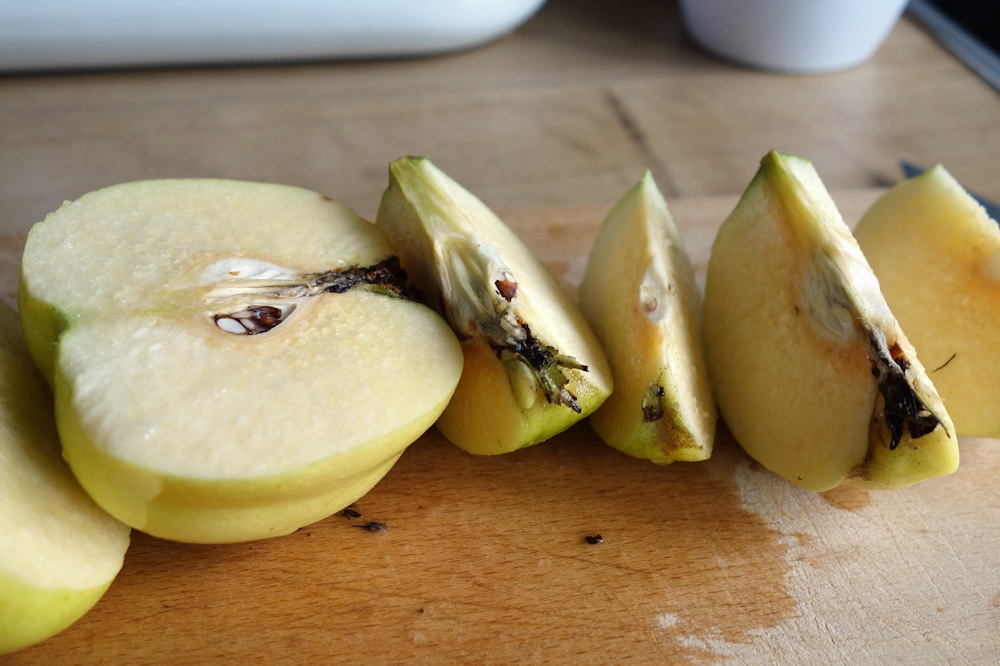
Fascinating Tidbits About Quince
- Historical Significance: Quinces have a storied history and were a symbol of love and fertility in ancient Greece.
- A Versatile Ingredient: Quince paste, known as “membrillo,” pairs perfectly with cheese and is a staple in Spanish cuisine.
- Natural Preservative: The high pectin content in quinces makes them a popular choice for making homemade jams and jellies.
- Traditional Medicine: Quince tea has been used for centuries to soothe sore throats and alleviate digestive issues.
- Cultural Traditions: Quinces are often featured in weddings, symbolizing the sweet and enduring nature of love.
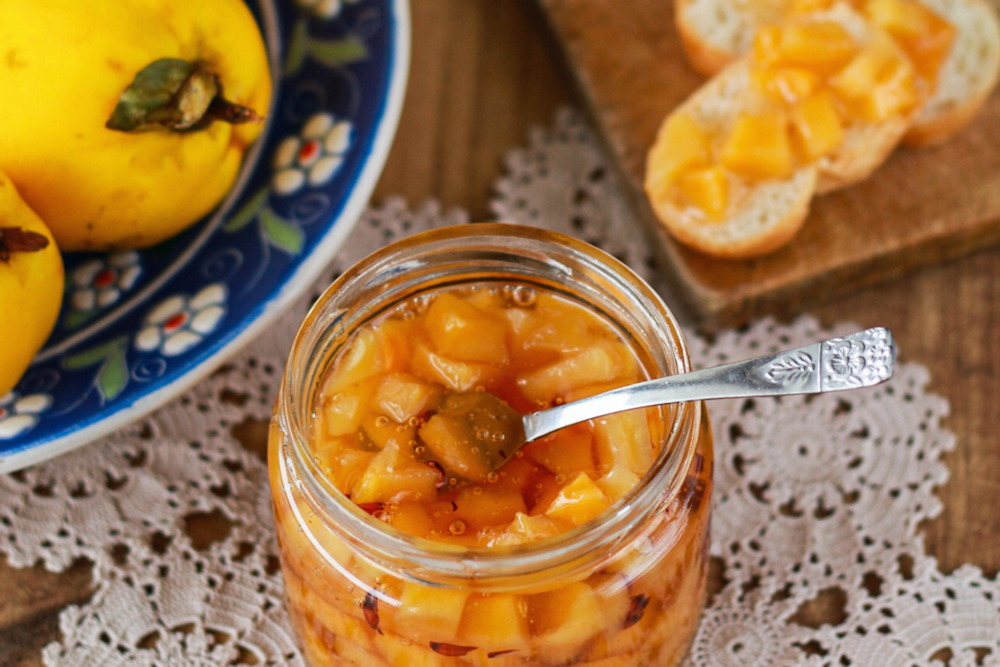
In the Heart of the Quince Orchard: A Verdant Dream
As you tend to your quince tree, nurturing it through the seasons, you’ll come to appreciate the beauty and bounty it brings to your garden. From fragrant blossoms to delectable fruits, quince embodies nature’s artistry. So, plant one in your garden, and let it weave its magic in your culinary and horticultural adventures, making every season a quince-filled delight.
